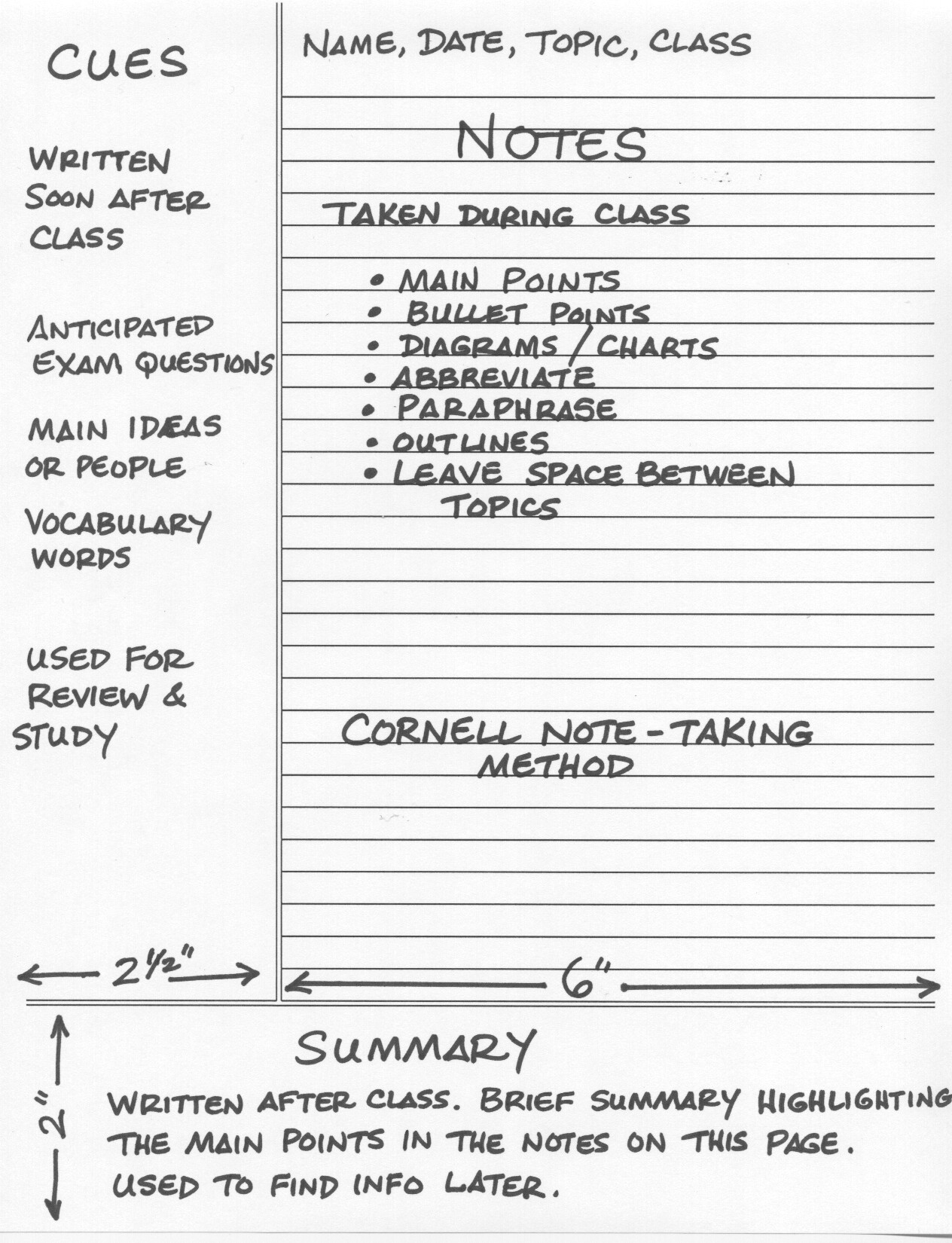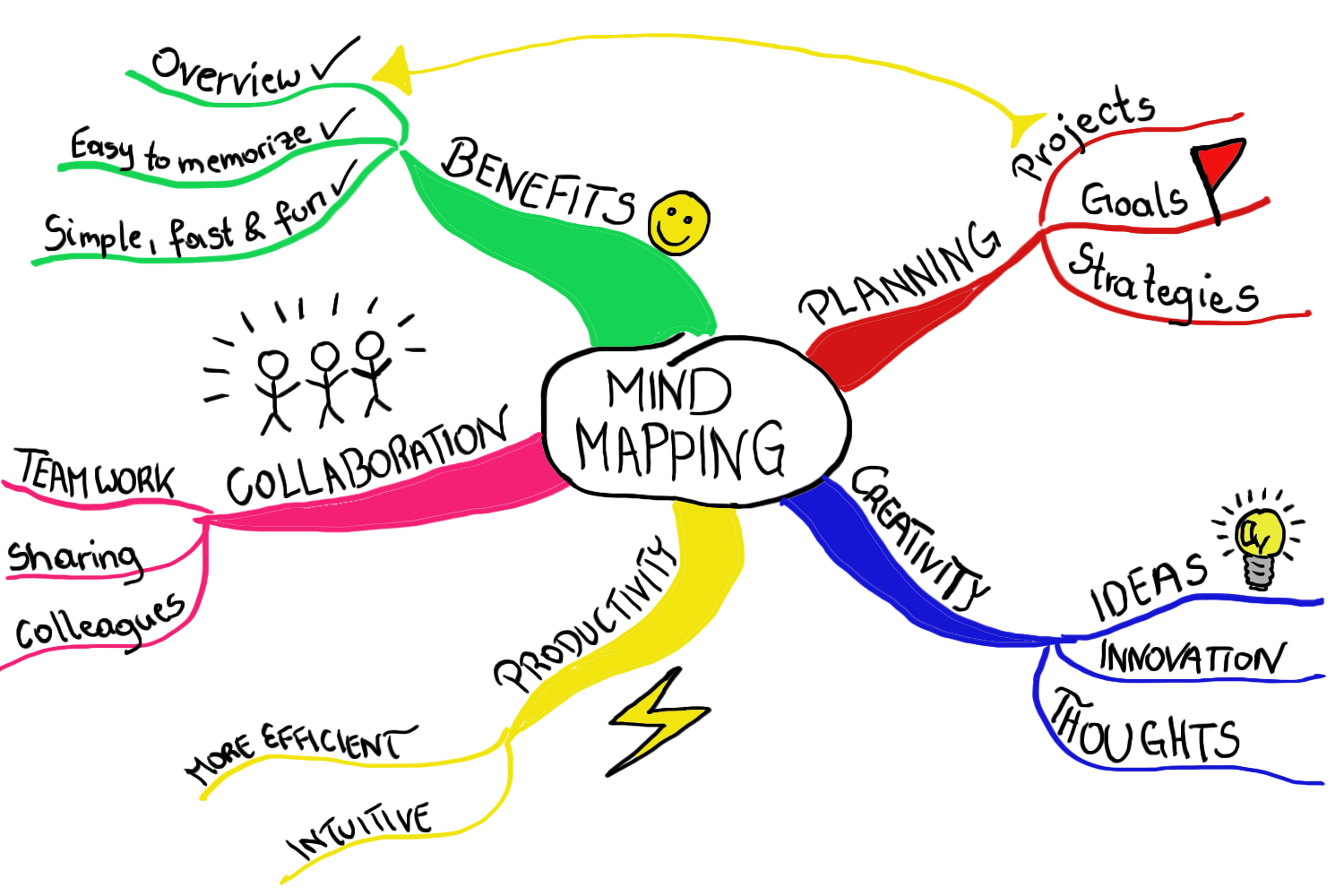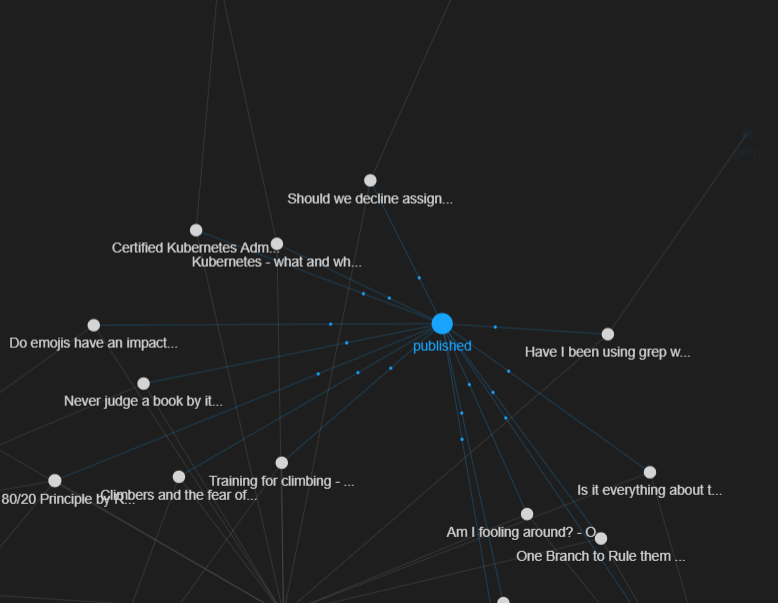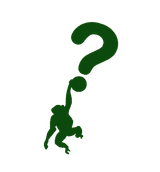Yes, there are more ways to take notes
Hi there!
In this blog post, I will write about note-taking techniques I tried and those I ended up using. Stick with me until the end, you might find something useful and something that will arouse your curiosity. That is one of the reasons why I do this...
When somebody asks me - if I could choose one superpower, what would it be? My answer is always - the ability to take notes in the most efficient way! Just kidding, I always choose immortality, but efficient note-taking is the second-best, for sure. I now imagine some superhero instead of immortality trying to achieve efficient note-taking ability. Well, that can be done and you don't have to be a superhero for that. And yes, I for sure am still looking for that ability.
Jokes aside, the ability to take notes in the most efficient way is the crucial thing when it comes to learning some topic, exploring new things, or trying to solve some issue. I tend to turn to paper quite often, however, that is not as often as I would want, but that's a different story.
The important thing to have in mind when exploring the vast amount of note-taking techniques is that, as it's usually the case, there is no silver bullet. You pick the one that suits you or your situation the most, and you work out the best way to use it.
Common note-taking techniques
When you would do a web search for the most effective note-taking techniques, you will find numerous amount of articles and lists describing various note-taking techniques (this one among them, yay!), and don't get me wrong, every note technique is good in one way or the other, but there are a lot of them! In this article I will concentrate just on those I have tried. Those include:
- the outline note-taking,
- the Cornell note-taking technique,
- Mind maps,
- Zettelkasten.
The outline note-taking
This is a bullet or numbered list of text that you write while reading, taking some class, or in general. It looks somewhat like this:
- note
- sub-note
- sub-note
1. numbered topic
a. some note about it here and there
2. the second note
I sometimes tend to use this way of taking my notes, combined with other methods. On paper, instead of bullet points and numbers, I tend to use arrows (don't ask), and in digital, I'm more in favor of dashes (-). I used this note-taking technique a lot when I was in high school and college, but I always wondered if it was good enough? It sometimes seemed that I wasn't returning to those notes enough if any.
The Cornell method
The next up in line is the Cornell method of note-taking. This method requires you to split your page into three sections - one for questions and keywords, the second for note-taking, and the third one for the summary. How it looks in practice, you can see in the image below.

This is one of my preferred ones and I tend to use it a lot when writing on paper. I often combine it with the above one, so, my notes often are a not-so-structured pile of writings... Which, oftentimes I admit is not so good. This method helps me return to the notes more often than in the previous method, because of the summary column where I tend to write the summary of the page or section that I've covered with notes.
Mind maps
The third one I've mentioned is the mind mapping method. It involves drawing keywords around a central topic and connecting them with lines (branches). The central topic should be in the center of the paper (duh!), and everything else should go around it. Example of a mind map you can find in the picture below.

This is the one I guess is the most popular - everyone loves mind maps! I like them too, but in my opinion, this type of note-taking is only good when you are reviewing a topic, maybe brainstorming, or even presenting. They are not as good when you attend some class, lecture or conference, it takes some time to draw all of those branches and topics...
The Zettelkasten
Last but not least is the Zettelkasten or slip-box method. This method was used by German scientist Niklas Luhmann, and described in Sönke Ahrens' How to take smart notes book. The main thing about this method is to have three types of notes - temporary, permanent, and literature notes. The literature notes are the notes you take during the reading of some book, and you liked some idea, concept, or technique. You note down that idea on a piece of paper, an index card for example, and store it in some box with some specific identification, e.g. number, date, and so on. On the other side of an index card, you write down the author and the book where you've read it.
The temporary notes are the ones that you take on a daily basis, and only some of them you choose to save and move into the slip box - the permanent notes. The point in both temporary and permanent notes is that they are only related to one concept or idea. The next big thing is indexing - you would need to find the best way of indexing these notes - either by date or some ID. Again, the key here is to have one idea - one note. And then you store those notes in a slip-box.
But how? That's where the index comes in handy - you would put that note somewhere in the slip-box wherever you think it's its place. Behind some other note, you can relate. Next, when you go through these notes you might find various ideas and concepts tied around one another.
This method might be the most complex one to start with, but when you go a bit deeper into it you will find it really useful. Especially if you are a researcher, writer, thinker, or you like to learn.
What techniques/methods do I use
As I wrote above, I've tried many techniques, but only these four choose to mention. Sometimes I think I've spent more time trying some note-taking technique than actually reading or learning. I have this feeling because I have several notebooks half-full lying around my home. I've also been in a physical Zettelkasten mode when I was creating index cards and storing them into some improvised box...
Anyhow, for paper note taking I use the Cornell method. I find it quite useful with the columns for summary and the left-most one I use for questions, ideas, and whatever comes to my mind. For digital note-taking, I use the Zettelkasten method. How? Well, there are a lot of apps that you can use to write notes this way, some way expensive, some not, but complex. I chose the one that is most friendly to my income - Visual Studio Code in combination with Foam plugin. And that combo, when used after a while can look like this:

This is a Foam map that shows the blog posts I've published so far. I think it looks nice.
I have one file which is called Inbox where I store all of my "temporary" notes. I put the quotation marks because I don't make them permanent as often as I should. 🙈 All other files are automatically named with date/time combination. The things I use to connect them to one another are Tags. That's a feature of the Foam plugin that you can use as a connection mechanism. Feel free to explore it and let me know in the comments what you think.
Paper vs. digital
To end this rambling of mine with an answer to the epic battle of Paper vs. Digital note-taking - both, based on my use case. I tend to write my notes on paper when reading a book, attending a conference talk or a presentation, or at a meeting where I know that there will be something useful to note down. I use digital notes mostly for work, on those meetings where you need to gather as much info as you can (yes, I type fast), and for writing this blog.
Whatever your preferred way, the most useful thing I find when writing notes is to actually return to them often. As often as you can.

